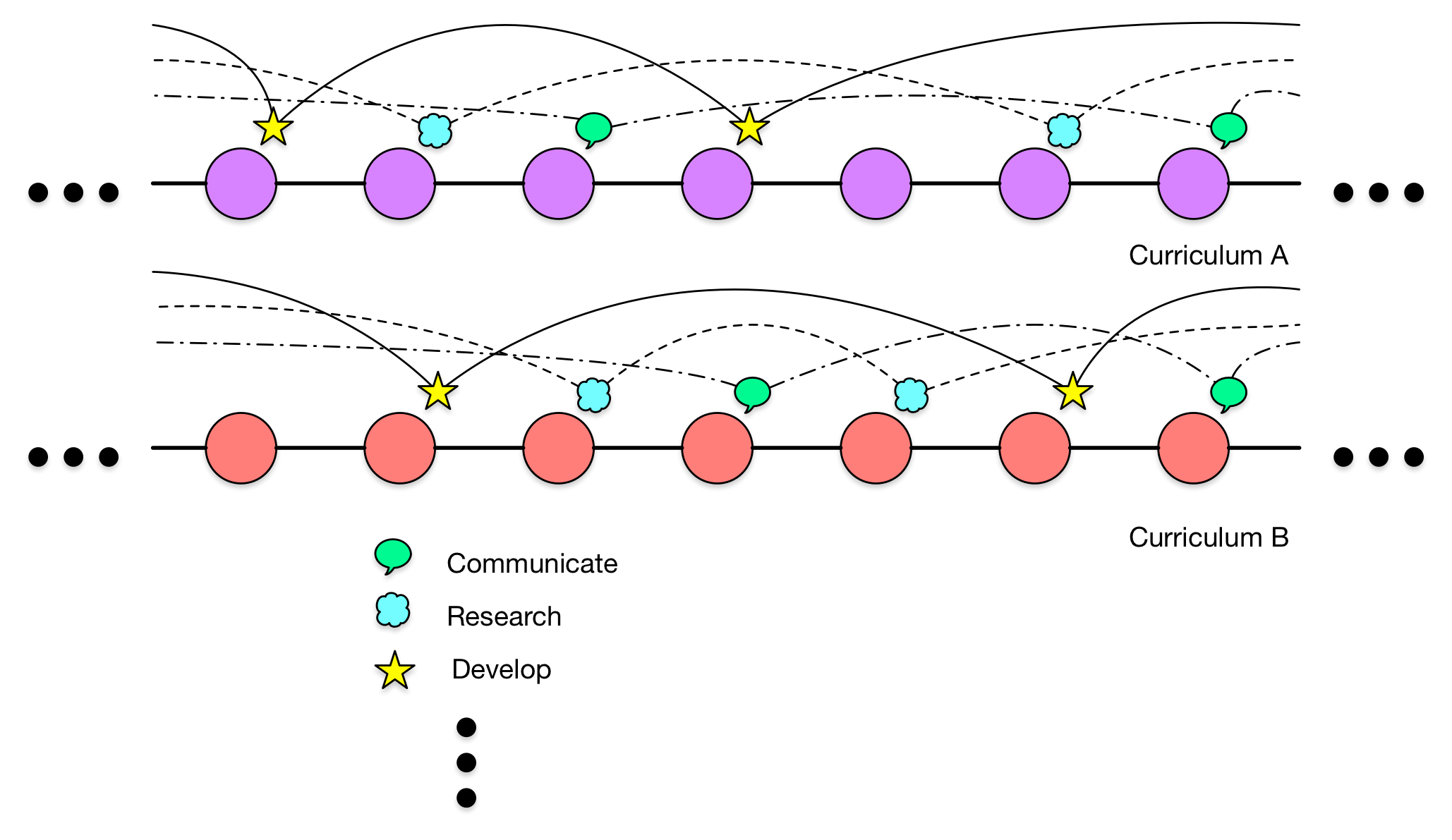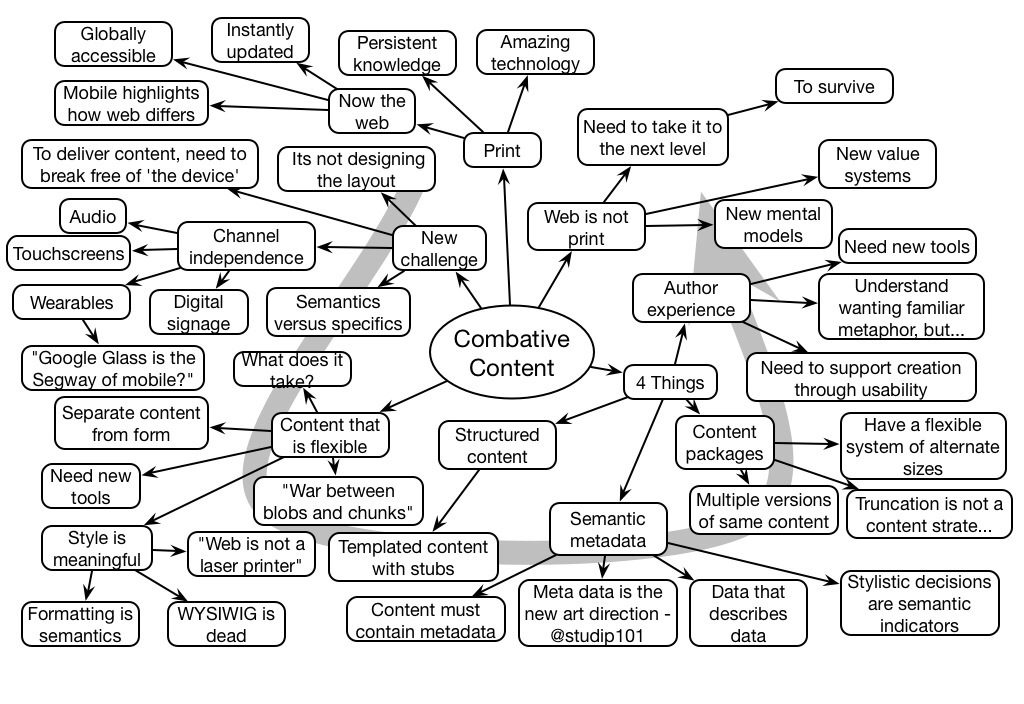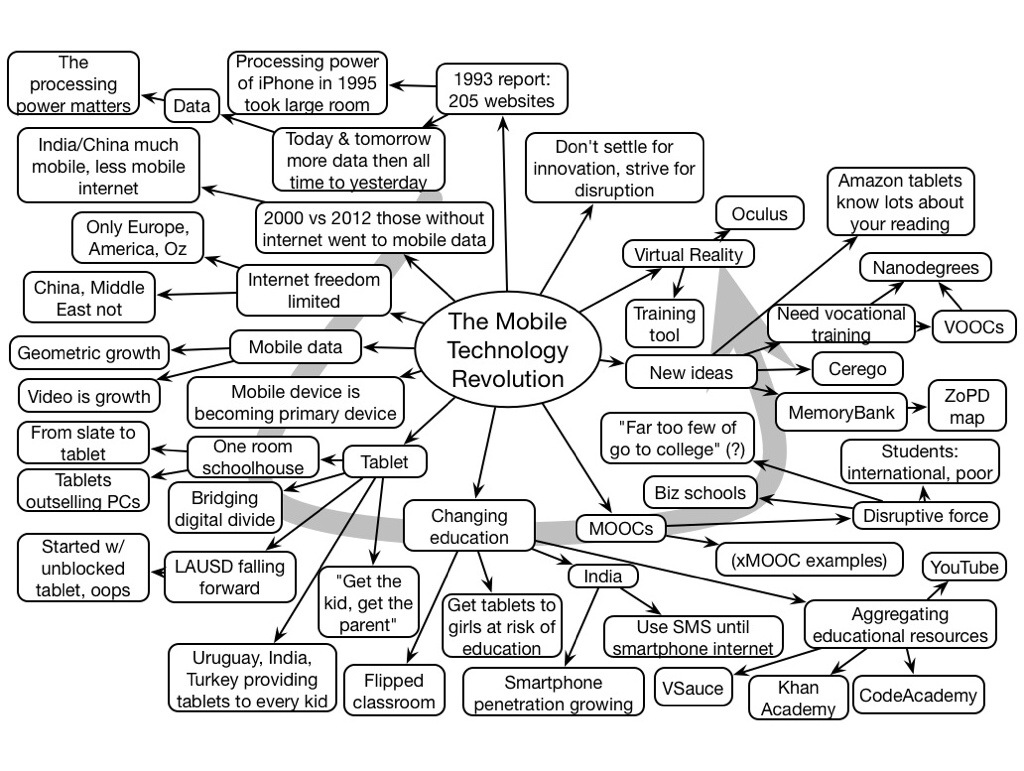Having found a fun site of bad UX design, someone else followed me who had the UX Drinking Game site. And it made me think maybe we need an LX Drinking Game. So I started tweeting out some drinking game rules. I encourage you to join in with the hashtag #LXDrinkingGame.
So, my first list of ‘drink’ cues is:
if they ask for a pre-test/post-test design
if the alternatives to the right answer are so silly or obvious that you don‘t need to know anything
if the course objectives are ‘know‘ or ‘understand‘
if someone says ‘use a click to see more‘
if someone says, use an avatar because people like it
if someone comes in and says “we need a course for thisâ€
if someone dumps PDFs and/or PPTs on you and expects a course in a few days
if all they‘re measuring is cost/time/seat
So, what other rules do we need? Tweets (again, #LXDrinkingGame) or comments welcome ;).


